Brembo Sensify Looks to Reinvent Car's Brakes
Since the invention of the automobile more than 100 years ago, just about every part of modern cars has been improved upon or reimagined in some way.
One exception are the brakes. Even with advancements in braking materials and safety technologies, modern cars still utilize the same basic idea of hydraulic brakes. A technology that first entered production on passenger vehicles starting with the 1921 Duesenberg Model A. Brembo, perhaps the biggest name when it comes to performance braking components, is taking vehicle brakes into the 21st Century. The brand’s new intelligent braking system is called Sensify.
What is Brembo Sensify
The Sensify name comes from a portmanteau of the words “senses” and “simplify”. The simplify part is easy: Brembo has created a new braking system that provides for simplified packaging. It allows the system to be applied to a wide variety of electric vehicle platform designs. Everything from small city cars and passenger cars to high-performance hypercars and even larger commercial vehicles. When it comes to the senses, that’s why AutoGuide was invited to the Michelin Proving Grounds in Lauren, South Carolina. The goal – to feel the future of braking technology.
SEE ALSO: Brembo Goes Digital, Reveals New Greentive Discs and More Efficient CaliperConventional hydraulic brakes use fluid, and applies it to all four wheels evenly when the brake pedal is pressed. This type of system requires a master cylinder and a series of brake lines routed to each caliper/wheel cylinder. Brembo’s Sensify, on the other hand, is a computer-controlled system that rethinks the way that braking inputs are applied to the frictional material. While Sensify has been developed to accommodate the use of brake fluid (a “wet” system intended for use on high-performance vehicles), the system on display for this event showcased a “dry” system that relies 100 percent on computers and actuators to stop the vehicle.
Putting it to the Test
To show how Sensify operates, Brembo has a production Tesla Model 3 on hand. As well, another Model 3 that has been fitted with a prototype of the Sensify braking system is in attendance. Both are tested back-to-back in three brake-test maneuvers. Straight-line braking, braking while in a turn, and obstacle avoidance. These brake tests take place at speeds varying between 40 and 75 mph on both wet and dry pavement and under full ABS stops. This means full and sudden application of the brake pedal where the ABS kicks in.
All production Model 3s are fitted with front Brembo brakes. The Model 3 Performance on hand for testing is fitted with the four-wheel Brembo brake systems. So needless to say, the factory-built versions of this EV already performs quite well in these tests. It has great control and absolutely zero brake fade – no small feat considering these cars are being run almost non-stop around the track for an entire week.
After getting a feel for the brakes on a stock Model 3, the same maneuvers were performed with the Sensify-equipped car. The differences are instantly noticeable. Despite having the same braking force (about 1.2g according to the Tesla’s in-car computer), Sensify delivers smoother and shorter stops. More importantly, it doesn’t have the brake pedal pulsation that accompanies hard ABS stops on a conventional car. Brembo reps said that this lack of ABS feedback alone should improve safety since some drivers have a tendency to let off the brake when the ABS kicks in. Sensify also exhibits more controlled braking under the hard deceleration in both wet conditions and while braking in a turn.
How Brembo Sensify Works
The advantage of Sensify is the ability to independently manage the brake force at each wheel based on the traction at that wheel and the momentum of the vehicle. Brembo showed data slides showing recorded computer readouts to further display Sensify’s capability. While images of the slides are confidential, they show how each brake actuator is working in concert to deliver smooth braking performance. Even though this system doesn’t use hydraulic fluid to deliver pressure to the friction material, there is still a small master cylinder of fluid and physical brake lines to the front calipers. It acts as a failsafe in the event of any computer failures. This redundancy is developed to meet the needs of Level 5 autonomous driving, which is the highest level of driverless cars.
SEE ALSO: Brembo: Your Car Will One Day Have a Brake-by-Wire SystemAt the proving grounds is a static display setup of the dry system. A brake computer is at each axle and electronic actuators are at each wheel to control the calipers and rotors. The brake pedal mechanism looks more like something for a video game or racing simulator. The use of this “virtual” brake pedal allows Brembo to create a customized brake pedal feel based on driver preferences, vehicle drive modes, and even safety/road conditions.
Overall, Brembo says that the development of Sensify is to create a pioneering braking system. One that will deliver next-generation braking performance while maximizing driving pleasure and precision. While representatives won’t give specifics, they do say Brembo is currently working with “numerous OEMs,”. Sensify is expected to be used on a production vehicle by the end of 2024.
Become an AutoGuide insider. Get the latest from the automotive world first by subscribing to our newsletter here.
More by Jeffrey N. Ross



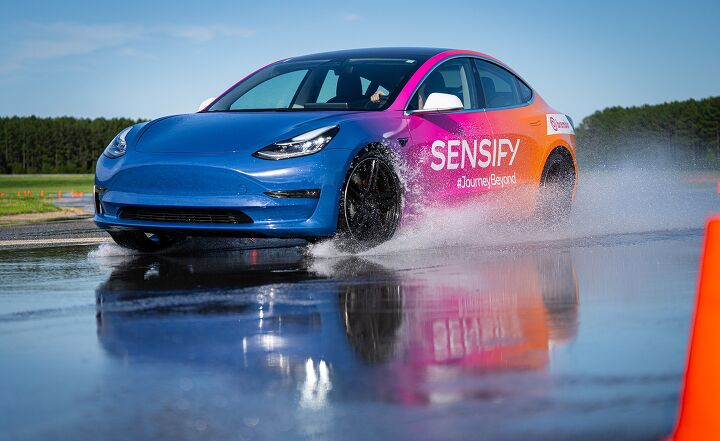




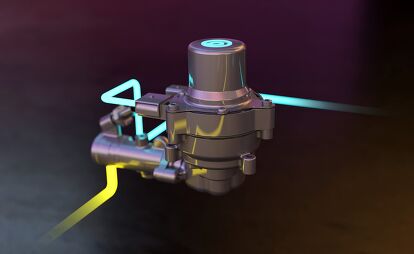
















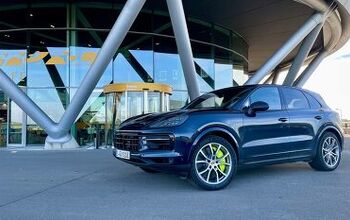


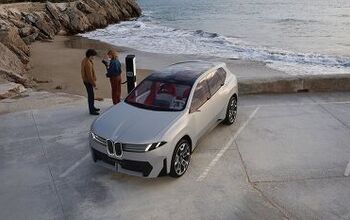




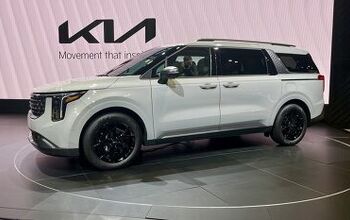




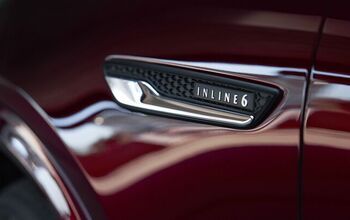
Comments
Join the conversation
Yup, all od this was done 20 years ago with SBC in Mercedes Benz. Lack of ABS feedback, fully fluent pressure modulation during emergency braking, individual distribution of braking force, and even drying brake discs during rain. But it has been removed due to failures, which Has been disabling brakes. Blown fuse, or pump motor malfunction can make such system deadly dangerous